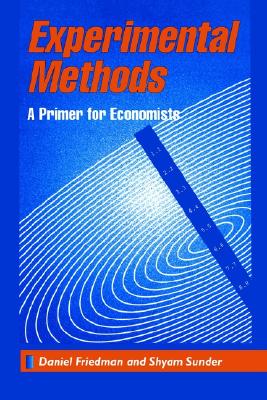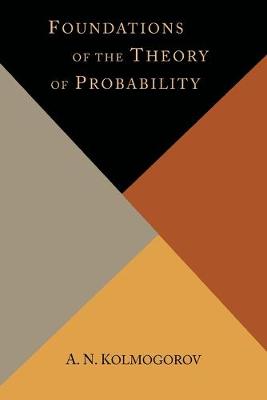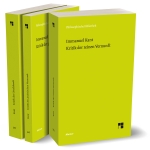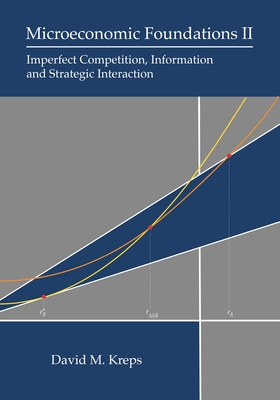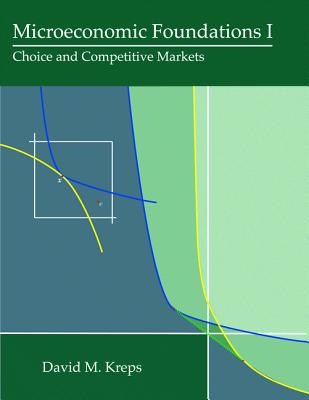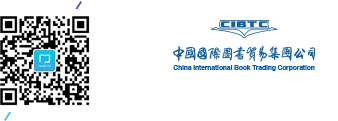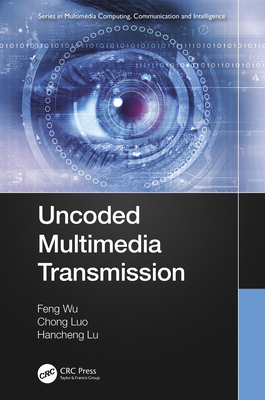
Uncoded Multimedia Transmission(Multimedia Computing, Communication and Intelligence)
未编码的多媒体传输
电子技术
¥
1575
售 价:
¥
1260.00
优惠
平台大促 低至8折优惠
发货周期:国外库房发货,通常付款后3-5周到货!
出 版 社
出版时间
2021年06月15日
装 帧
精装
页 码
344
开 本
0 x 0 x 0 cm
语 种
英文
综合评分
暂无评分
- 图书详情
- 目次
- 买家须知
- 书评(0)
- 权威书评(0)
图书简介
An uncoded multimedia transmission (UMT) system is one that skips quantization and entropy coding in compression and all subsequent binary operations, including channel coding and bit-to-symbol mapping of modulation. By directly transmitting non-binary symbols with amplitude modulation, the uncoded system avoids the annoying cliff effect observed in the coded transmission system. This advantage makes uncoded transmission more suited to both unicast in varying channel conditions and multicast to heterogeneous users. In Part I of this book we consider how to improve the efficiency of uncoded transmission and make it on par with the coded transmission. In Part II, we discuss three technologies for multimedia correlation processing in uncoded transmission – Cactus, DCast and LineCast.All the three pieces of work demonstrate the possibility to build a more robust and efficient wireless multimedia communication system than existing digital ones. In fact, the efficiency of a transmission system is decided by how the resources, including bandwidth, power, and subchannel, are allocated. In Part III, we address the resource allocation problem for UVT in a Rayleigh fading channel, where only statistical channel state information (CSI) is available to the sender. Based on the observation that discarding low-priority (LP) data and saving the channel uses for high-priority (HP) data can significantly improve the quality of the received video, we formulate an optimization problem that aims to minimize the total squared error of a multi-variant Gaussian random vector and find a near optimal solution. Furthermore, the resource allocation problem for UVT is also studied in Non-Orthogonal Multiple Access (NOMA) systems. ;In Part IV, we propose ParCast which first separates the source and the channel into independent components, matches the more important source components with higher-gain channel components, and uses amplitude modulation for transmission. In
本书暂无推荐
本书暂无推荐

